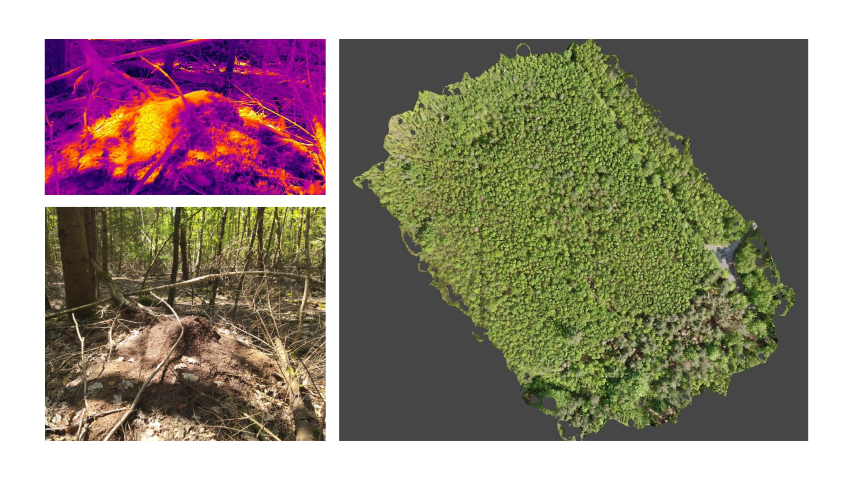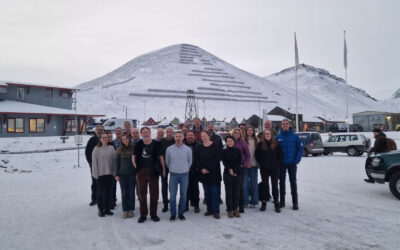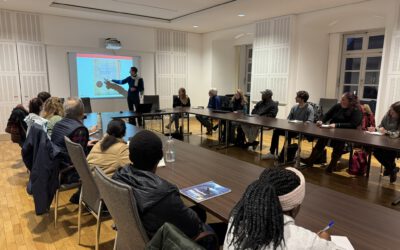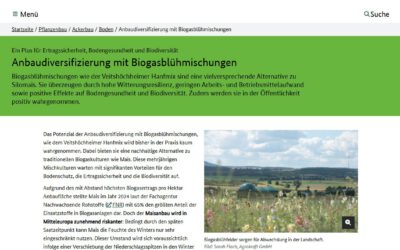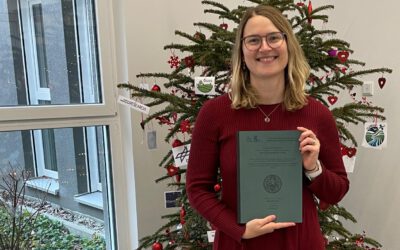The UAS team performed the field work in a forest area close to Haßfurt, Lower Franconia, within the scope of the project MonitAnt. MonitAnt aims to develop a harmonized, efficient, and cost-effective monitoring strategy that is freely available to various stakeholders to enable long-term monitoring of population trends of mound-building Formica ants and associated myrmecophiles across Europe.
Within the project we are collecting and processing the geospatial data; thus, analysing if the ant mounds can be detected within different data sets. Our team members operated various drones by mounting multispectral and thermal cameras as well as LIDAR instruments. Besides, the study is supported by ground-truth data to test the accuracy of the aerial images. The ground in-situ data, in particular, revealed important insights about the reflectance characteristics of the ant mounds.
On the long run the main aim is to develop an European-level Monitoring strategy for mound-building Formica Ants and symbiont communities residing in nest mounds.

